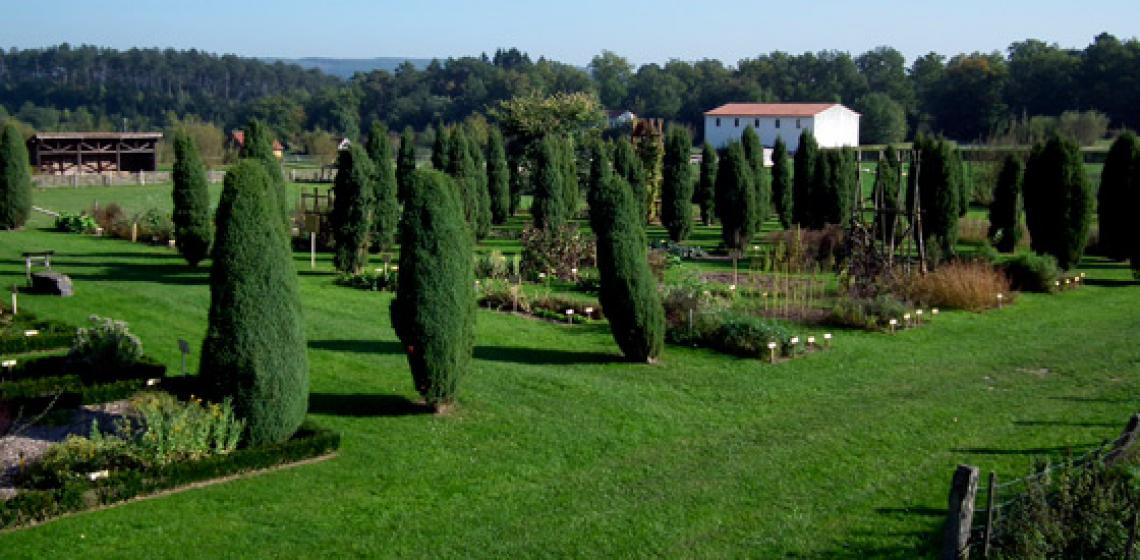
The Archeopark Rochefort is dedicated to the excavated remains that were consolidated, restored and partly renewed, of one of the biggest Romanian farms in the north of Gaul. A good reason to open the territory for the wide public. The association administrating the territory enable visitors to taste the atmosphere of the live of our Gallic Romanian ancestors.
“Malagne” opened its doors in 1996 for a growing public. Three aspects are united in the presentation: to become aware of the heritage, the pedagogical aspect and tourism.
All actions of Malagne are focussed on the following points:
1. to revive the stones;
2. to link new generations and a wide public with their origin;
3. appreciation for quality agricultural and alimentary products.
On Malagne visitors will get an impression of the daily life of the Roman Gaul. Several experiments executed at Malagne, have lead to a reconstruction. The team of Malagne developed for example a reconstruction of a Roman legion trooper and his horse. Demonstrations will be shown to the public during our theme days. Around the remains of the villa (main building, annexes, labour yards, forgery and second residence) Malagne imitate the situation of a Gallic Roman villa.
The remains of the villa on Malagne are still visible. Especially the main building with the bath chambers is remarkable. The intention is to take the visitors two thousand years back in time, back to the time that the villa on Malagne was a solid agricultural and metalworking centre, exploiting to the near surroundings. There is cooperation with scientific partners as the Archaeological Parks of Bliesbrück-Reinheim, Semant, Bibtracte, Echternach, the Archaeological Service of the District Wallonie, the Classic Archaeological Laboratory of professor Raepsaet (U.L.B.). The project was supported by the Wallonian Region (employment, agriculture, heritage) and the town of Rochefort.
The villas did not only have a military function. That is why beer brewing, iron smelting and other crafts are presented at Malagne nowadays. Kitchen gardens planted with cereals and vegetables typical of those grown by the Romans give the visit its finishing touch.
